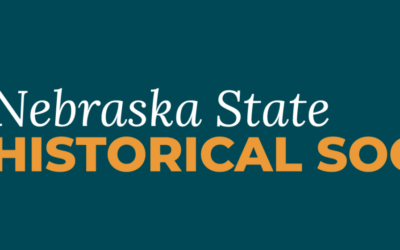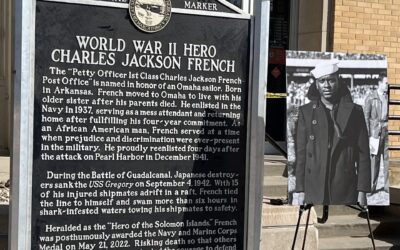After the discovery of gold in the Black Hills, a rush occurred from Sioux City toward the northwest, leading some Sioux City capitalists to propose a rail line over this route. In 1875 they organized the Covington, Columbus, and Black Hills Railroad. It was planned to start at Covington in Dakota County and build through Dixon, Cedar, and into Knox County, where it would connect with a Union Pacific branch coming northwest from Columbus, and then push on to the Black Hills. Citizens of the counties involved, anxious for a railroad, voted bonds. For example, Dixon County voted $87,000 with the stipulation that when the road was built to a given point, the builders were to receive $20,000, and when it had been built three miles into Cedar County (the next county beyond) and trains were running, the remaining bonds would be forthcoming.
Similar propositions were made to each county to the west through which the proposed line would run, and in each, bonds carried easily. By September 4, 1876, the road was completed, and trains were running between Covington and Ponca. For a time, the undertaking seemed successful, and people dwelt on the prospects of prosperity which the line was certain to bring.
Before long, however, a major disadvantage of the road became apparent. The tracks had a three-foot gauge, making the Covington, Columbus and Black Hills Railroad less useful than a standard-gauge road. It was charged that sending cattle, grain, hogs, or other freight by narrow gauge and changing to broad gauge at Covington or Sioux City was as expensive as hauling by wagon to the standard-gauge railroad terminal.
In the spring of 1877 when the railroad continued grading west of Ponca, a crowd gathered at St. Helena, seized the bonds (amounting to $150,000), and burned them. Knox County people did likewise. A lawsuit instituted by the railroad climbed the ladder of the courts, and the United States Supreme Court finally decided in favor of the county. The railway was ultimately sold to the Chicago, St. Paul, Minneapolis, and Omaha Railroad, which converted it to standard gauge.



